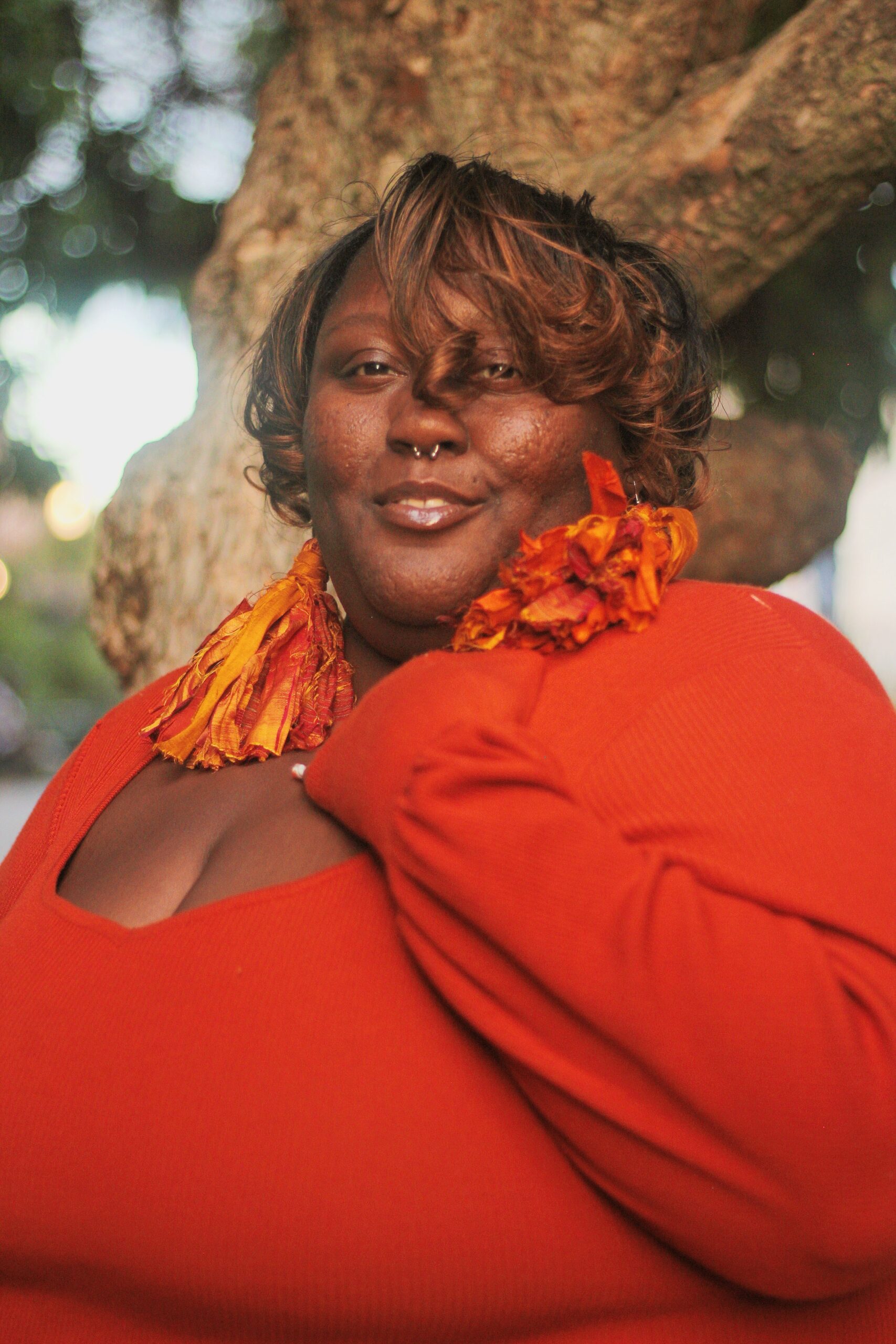Alanah Nichole Davis: The issue with closeness

“Lessons in Chemistry” unfolds as a drama now airing on Apple TV, immersing its audiences in the 1950s. The story orbits around a feminine character deeply rooted in scientific pursuits. Her name is inconsequential to our discourse. Fairly early in the mini-series, love blossoms between her and a kindred spirit. Her love is a masculine energy, equally enamored with science.
Not too long after the introduction of their newfound love, a pivotal segment of the series sees their separation, a sentiment I’m most certain is universally understood. But, I won’t pry into your narrative. Whether the separation in the series was a breakup, an argument, one character moving out of the home, or a death are also inconsequential facts to our discourse.
What is important is that the science-driven protagonist becomes a mother to a seemingly very curious daughter who in her father’s absence delves into discovering more about him. At this juncture, the concept of divinity subtly intertwines with the narrative.
This introduction of a divine element adds a nuanced layer to characters intentionally scripted as flat, black-and-white figures before the series introduced a divine order. The infusion of this spiritual aspect reveals the innate humanity in these characters, transforming them from purposefully two-dimensional to multifaceted individuals.
Like the way change gels together in our real lives, with friction, impact, sharing space, finding someone, spending time apart, books, correspondences, meals, questions, and even something that could be as consequential as the color of our skin – so it does for the characters.
The show, split up into varied timelines takes viewers over the reflections of what I hope will be every character. I’m not sure, I haven’t finished yet. But one of the portals we enter is the man our main character fell for romantically. Into his thoughts of how he’d spent a lifetime hiding what he described as his defects and how he didn’t want to share those sorts of things with someone he cared so much about.
It was a sentiment with which I was familiar. An activity I’d been participating in for some years and still was. Much like the feminine character I’ve introduced here, I’ve found chemistry (pun intended) with counterparts. And despite God or science’s best hints to me that maybe it was time to share my life with someone — I always find a way to convince myself otherwise. Even in friendship.
I often sit and brood when I should not worry about the parts of me that someone might perceive as odd, undesirable, or unloveable. My thoughts range over a myriad of insecurities: The cleanliness of my home when my mental health is wavering, how my hair might look in the morning, how I might seem lazy some days, how my anxiety or depression might be triggered when I’m building a new connection and how, when I’m anxious, it may manifest as anger or irritability.
Not dissimilar to the central figures in “Lessons,” I often grapple with the concept of closeness. Despite its inherent sweetness, the act of offering someone a metaphorical microscope into your life — granting them access to your oxygen, carbon, hydrogen, nitrogen, calcium, and phosphorus, the elemental components of human existence — can be daunting. Sharing these intimate facets remains a challenge for me personally, even after more than thirty years on this earth.
The ability to truly know someone, genuinely like them, and maintain that connection is a quality I acknowledge doesn’t come easily to me. This realization is reinforced by both the show and my personal experiences. I reflect on instances where I’ve neglected to respond to messages from someone I was getting to know during times when I wasn’t perceived to be at my best. I contemplate how our complexities become more apparent, contrasting with the initial smoothness we present when meeting someone for the first time.
I admit to being as prickly as a broken chemistry beaker when I feel someone closing in on my morning breath or my unpopular opinions or my outfits that might be less curated and more sweat pants-adjacent or my parenting styles. These are all additional insecurities that have caused me to create space between myself and a person the way a chemist might use filtration.
Perhaps I’m the constant or control variable in the experiment of getting to know someone, in allowing them into my world. Could it be that we all share a certain density when it comes to forging connections? Like the conclusions being drawn on the show so far, I think there has to be something divine in how and why we meet someone and for how long we know them.
I aim to change some of my values surrounding closeness, get vulnerable, and evolve throughout life’s journey, mirroring the arcs of the characters in “Lessons.” Perhaps I can become better at orchestrating my connections to unfold according to plan, and to last.




 Creative Commons Attribution
Creative Commons Attribution